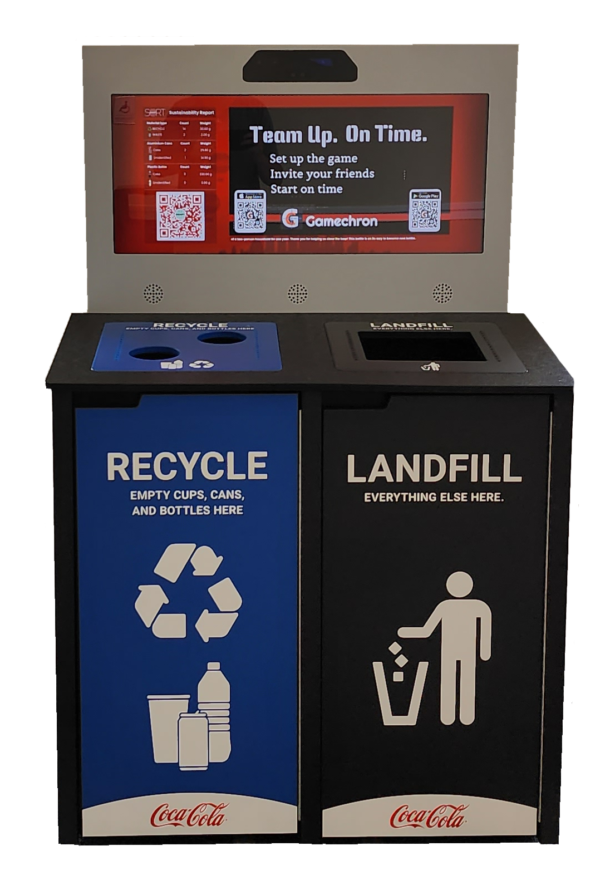There are many ways to define a “green” office. Unless you’re working in a jungle and using sharp sticks to write in the dirt, your office can never be entirely eco-friendly.
Here are six simple resource-saving opportunities that can make your office a brighter shade of green:
Lighting: Lighting accounts for up to 30% of the energy used in an office. New lighting options can save 50-80% of lighting energy. Some of these options include switching to new, efficient compact fluorescent lamps wherever possible; installing occupancy sensors to turn lights out when no one is present in a room.
Office Equipment: According to the DOE, office equipment accounts for approximately 16% of an office’s energy use. Simple ways to cut this use include: turn your computer off when you’re not using it for more than 2 hours; install LCD monitors, which use much less energy than CRT monitors; printers, fax machines, and copiers use energy even when they are not being used – they should be turned off in the evenings and when not in use.
Paper Products: Follow the environmental standard – reduce (create hard copies only when necessary); reuse (change printer settings to duplex; use 2-side copies whenever possible); and recycle (buy recycled paper and recycle paper on-site).
Heating and Cooling: Heating, cooling, and ventilation account for 39% of energy use in an office. A few options for improving the energy consumed by heating, cooling, and ventilation include setting back the thermostat a couple of degrees; using time-based controls to reduce heating and cooling when the building is unoccupied; if possible, using roof coatings, window films, and vegetative shading to protect against extreme heat and cold; use insulation and weather stripping to block drafty areas.
Water: Water heating accounts for 9% of office energy use. Reduce the water temperature to 120 degrees – if it was set at 140, this can save as much as 18% of energy use. Another water-saving opportunity is the use of low-flush toilets, which can save 50% over the old-fashioned toilets.
Cars and Parking: Businesses can take steps to encourage employees to drive less and instantly reduce the carbon footprint of an office. Commuting opportunities for offices include subsidized transit; carpool parking preferences; bike parking/showers/lockers; flexible work arrangements that allow employees to avoid heavy traffic and spend less time on the road.




